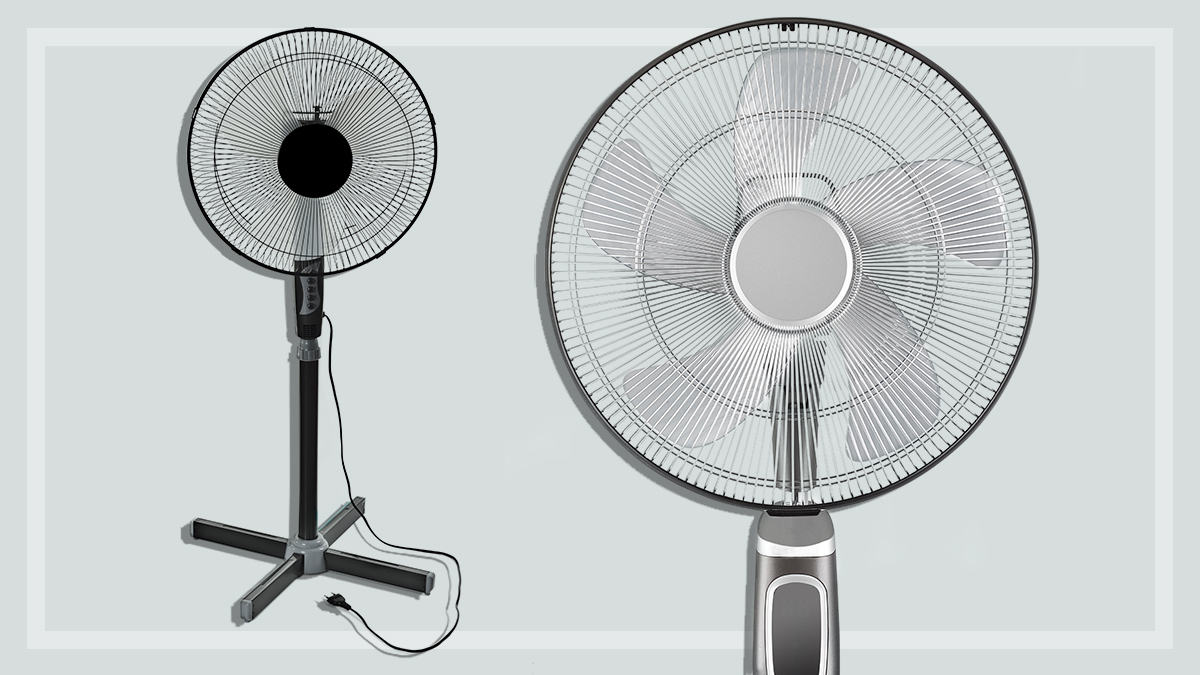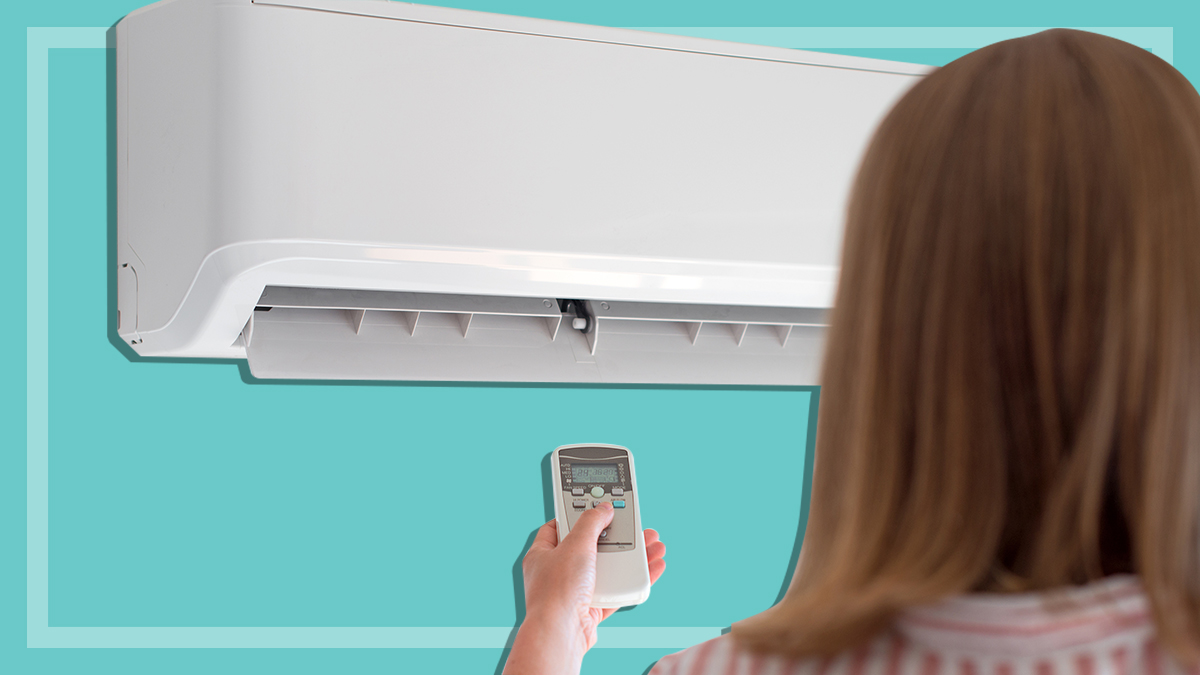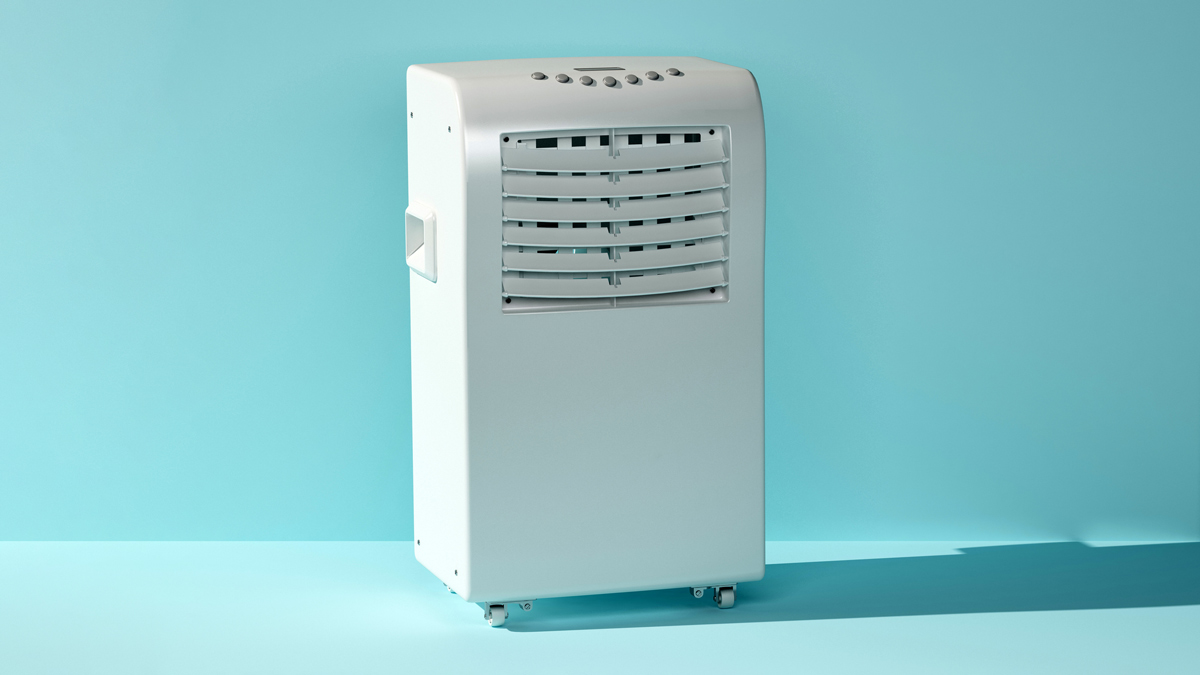Get our independent lab tests, expert reviews and honest advice.
How to buy the best air conditioners and fans to cool your home
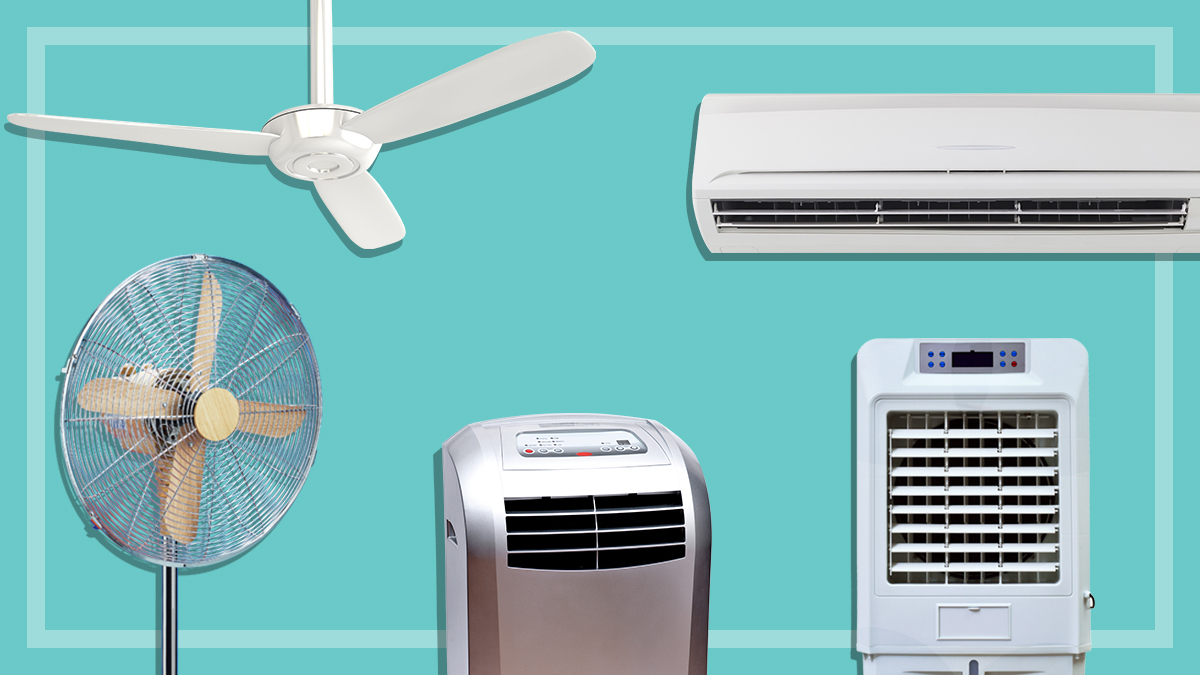
Our guide to making your home a cool oasis in the heat, while keeping within your budget.
On this page:
- How do I get started on keeping my home cool?
- Fans and air conditioners work together
- How do I cool my home as cheaply as possible?
Heating and cooling can account for over a third of your household energy use, so keep your hip pocket in mind as you do your research. Staying cool isn’t just a question of comfort – making sure you and your loved ones won’t overheat when the mercury climbs can be a health and safety concern, particularly if you have very young, old or unwell people in your home.
How do I get started on keeping my home cool?
Before you splash out on fans or air conditioning, try to make your home as thermally effective and efficient as possible. A really well-designed and efficient home won’t need as much help from cooling appliances.
There are plenty of passive ways to cool your home. Check out our top ten cooling tips and our guide to keeping your house cooled naturally
Here are the main things to consider:
- Insulate your ceiling (and possibly underfloor and walls, if possible)
- Draught-proof windows and doors
- Close curtains or blinds on any windows that cop direct sunlight (east, north and west-facing ones)
- Close the doors between cooled and uncooled areas.
Fan, air conditioner or evaporative cooler?
Even an efficient, well-insulated home is likely to need some cooling help in the height of summer. There are a number of different product cooling options – you might choose one or combine a few, depending on your home and budget. Let’s take a look:
| Suitable cooling product | Running cost / summer |
|---|---|
| Tower fan | |
| Pedestal fan | |
| Ceiling fan | |
| Small reverse-cycle air con (under 4.0kW) | |
| Portable air con to 4.0kW cooling capacity | |
| Suitable cooling product | Running cost / summer |
|---|---|
| Ceiling fan | |
| Medium reverse-cycle air con (4.0-6.0kW) | |
| Portable air con over 4.0kW cooling capacity | |
| Suitable cooling product | Running cost / summer |
|---|---|
| Ceiling fan | |
| Large reverse-cycle air con (over 6.0kW) | |
Fans
Fans are much cheaper to run and buy than evaporative coolers and air conditioners. Keep in mind that they don’t actually reduce the room’s temperature, but influence how warm your skin feels: the air movement created by a fan feels refreshing and increases the evaporation of perspiration, which makes you feel cooler.
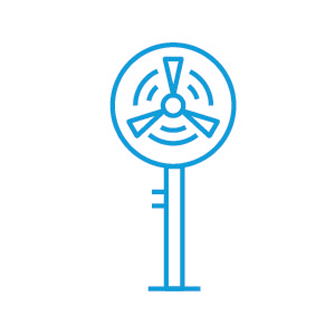
- Desk, pedestal and tower fans can be plugged into normal power points. They’re portable and – depending on the size – direct the air around either a person or a room. Prices start at less than $20.
- Ceiling fans start from about $70 (though are typically priced about $200 and up) and usually have to be installed by an electrician. They can improve the comfort of a room. In addition to summer cooling, if your ceiling fan has a reverse flow function, they can also work in conjunction with a heater to draw the arm air up and across the ceiling, and back down the walls to heat the room in winter.
Air conditioners
Similar to fridges, refrigerative air conditioners pump heat from the hot inside of your home to the outside – that’s why they’re also called heat pumps.
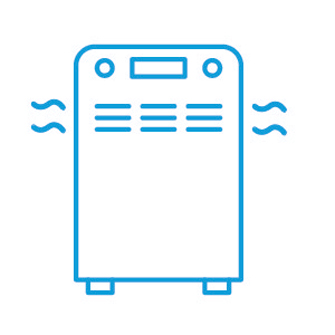
- Portable air conditioners can cool a room of up to about 20 square metres. They are single units that you plug into a normal power point, and which use a duct to vent the heat out a door or window. The venting duct, and their weight, make them less portable than you might expect, but they are still worth considering if installing a split-system isn’t an option (e.g. if you’re renting). Expect to pay from $300 to $1400.
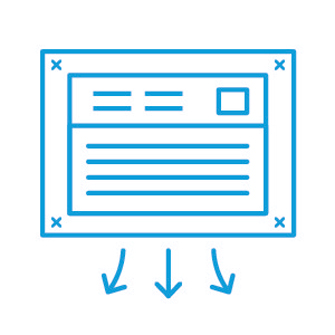
- Wall/window air conditioners are usually installed in a window or external wall, and can cool rooms and open-plan areas of up to 50 square metres. While smaller units can be plugged into a normal power point, larger ones may require additional wiring. Prices start from under $500. We don’t currently review wall/window models as they are a relatively small part of the market.
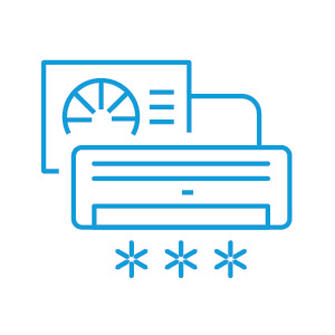
- Split-system air conditioners are the most popular type in Australia. They have a compressor unit that’s installed outside, and one or more indoor air outlets. They’re usually used to cool one or more rooms, or an open-plan area, of up to 60 square metres. Prices start from about $600 for a smaller model to over $5000 for a large model.
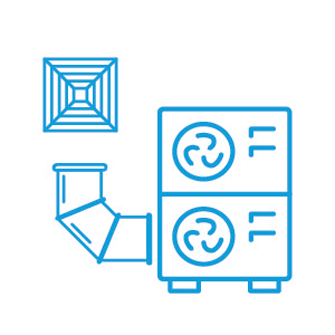
- Ducted air conditioning systems have an outdoor unit, and a central indoor unit in the roof space or below the floor, which connects via air ducts to outlets throughout the house. They’re a good option for whole-home cooling, but can be expensive. Costs start from around $6000 for a small system, but for a typical three-bedroom home the cost could be $10,000 or more. Depending on where you live, you may not need a central heating system – in this case, a reverse-cycle ducted air conditioner may be overkill and a specialised cooling-only system (such as a ducted evaporative system) may be more appropriate.
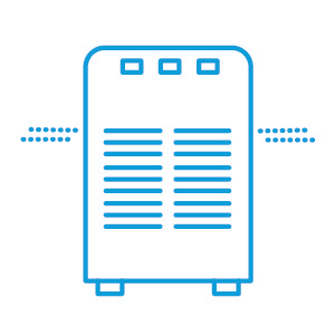
Evaporative coolers
These work differently to refrigerative air conditioners: a fan draws warm air from the outside through a series of wet filter pads. The air’s heat evaporates the water, cooling and humidifying the air, which is then blown into the house.
The higher the outside humidity, the less efficiently the evaporative cooler will work, so they’re mainly suited for hot, dry climates; they’re also relatively cheap to run. They only have a very small share of the market, so CHOICE doesn’t review them at the moment.
Fans and air conditioners work together
When the room’s getting warm enough that you’d usually turn on the air conditioner, try just using a fan to start with. A 2022 study has shown that using fans as your first choice for cooling down could save you about 75% of the energy costs compared to going straight to the air conditioner.
The study found that a fan, such as a pedestal or ceiling fan, or the fan-only mode of the air conditioner, can increase (by around 3–4°C) the upper temperature threshold at which air conditioning needs to be turned on.
So if you’re feeling the heat at 26°C and would normally turn on the air conditioner at that point, try a fan instead; you may find the temperature needs to reach 30°C before you actually need the air con. And if you do put the air conditioner on, try keeping the other fan on too; running a pedestal or ceiling fan together with the air con can help move the cool air around the home more effectively, so you may not need to run the air con as hard, which can also help save on energy costs.
How do I cool my home as cheaply as possible?
- Don’t blast Arctic air 24/7: each degree cooler you set the thermostat can add up to 10% extra in energy costs.
- Only cool the rooms you’re actually using: close doors between cooled and uncooled areas, use zone settings on ducted systems, and if a room is naturally cool (eg. a basement room), consider just using a fan in there. The air conditioner’s fan-only mode could be a good option in that case.
- Wear light, cool clothing inside: don’t crank up the AC just so you can sit around in jeans.




